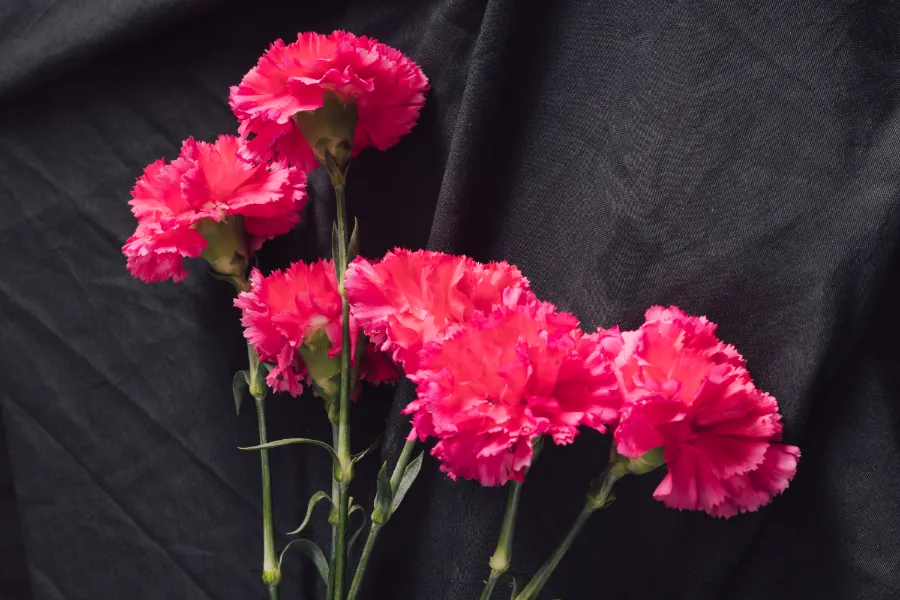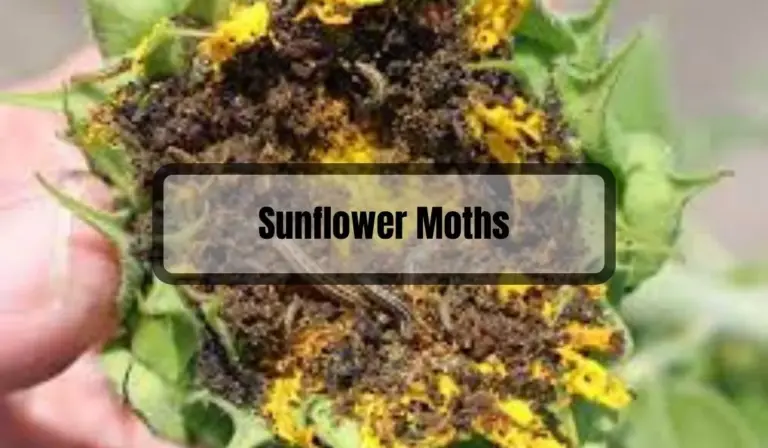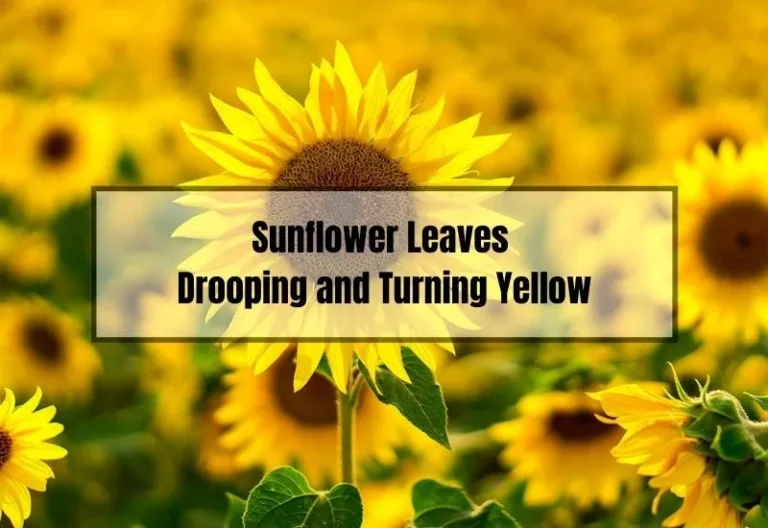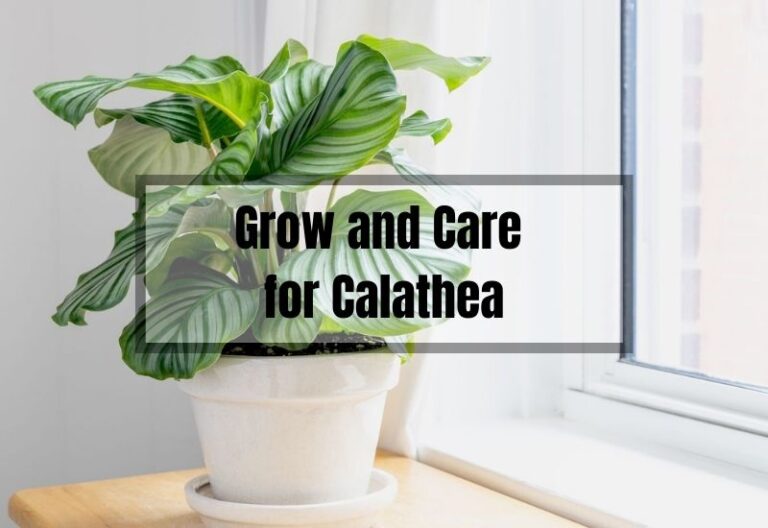How to Grow Carnations from Cut Flowers: A Beginner’s Guide
Are you a flower lover who wants to add some beautiful carnations to your garden? Did you know that you can grow carnations from cut flowers? Yes, you read that right! Instead of throwing away those gorgeous carnations after they’ve wilted, you can use them to propagate new plants.
Growing carnations from cut flowers is a simple and rewarding process that will allow you to enjoy these beautiful blooms all year round. With just a few steps, you can turn a single cut flower into a thriving plant that will produce even more flowers.
In this article, we’ll show you how to grow carnations from cut flowers, so you can enjoy these lovely blooms in your garden or home. So, let’s get started!

How to Grow Carnations from Cut Flowers
Carnations are beautiful flowers that can be grown from cut flowers. If you have a bouquet of carnations and want to grow them in your garden, you can do so by following a few simple steps. In this section, we will guide you on how to grow carnations from cut flowers.
Step 1: Selecting the Right Type of Carnation
Not all carnations are created equal when it comes to propagation. Look for varieties that are known for their rooting abilities, like the Border Carnation or the Spray Carnation.
These types tend to root easily and give you the best chance of success. It’s like choosing the perfect vampire slaying weapon—it’s all about picking the right tool for the job.
Step 2: Choosing Healthy Cut Flowers
Now, here’s where your detective skills come into play. When selecting cut flowers, make sure they are healthy and disease-free. Avoid wilted or damaged stems and go for ones with firm, green foliage.
Oh, and don’t forget to sniff them! A sweet, fragrant scent indicates freshness. It’s like sniffing out a vampire’s lair—you need all your senses on high alert.
Step 3: Preparing the Materials and Tools
Time to gather your gardening arsenal! You’ll need a few key supplies, including:
- A clean, sharp pair of pruning shears or scissors: These are your trusty slaying weapons for cutting the stems with precision.
- Rooting hormone: Think of this as your secret vampire repellent. It helps stimulate root growth and gives your cuttings a head start.
- A suitable container: Opt for a small pot or tray with drainage holes to ensure proper moisture control. We don’t want any root rot lurking around.
Step 4: Rooting the Cuttings in a Suitable Medium
Alright, let’s get those cuttings rooted! Carnations thrive in well-draining mediums, so prepare a mixture of peat moss, perlite, and vermiculite. It’s like creating a comfy resting place for your little plant warriors.
Moisten the medium slightly and make sure it’s not too soggy—it should be just right, like that perfect stake through a vampire’s heart.
Step 5: Taking and Preparing the Cuttings
Time to work your slayer skills on those cut flowers! Look for strong, healthy side shoots on the stems—these are your prime targets. Cut them at a 45-degree angle, just below a node, using your trusty pruning shears.
Remove any lower leaves, leaving only a few at the top for photosynthesis. And here’s a pro tip: gently scrape the sides of the stem near the base to encourage root formation. It’s like giving them a little motivational pep talk.
Step 6: Planting the Cuttings
It’s time to give those cuttings a cozy home to call their own. Grab your container filled with the prepared rooting medium and make small holes using a pencil or your finger. Place each cutting into a hole, gently pressing the medium around it for stability. Space them out to allow room for growth, like giving each slayer-in-training their own space in the battle against evil.
Now, watering is crucial at this stage. You want to keep the medium moist but not waterlogged. Think of it as finding the perfect balance in your fight against vampires—neither too dry nor too wet. A misting spray bottle can be your best friend here, providing a fine mist to keep the cuttings hydrated without drowning them.
Step 7: Caring for the Cuttings
Just like your Slayer training, growing carnations from cut flowers requires dedication and consistent care. Here are some essential tips to keep your cuttings thriving:
- Lighting: Carnations love sunlight, but not scorching rays. Place them in a spot with bright, indirect light for around 6 to 8 hours a day. It’s like giving them the perfect slayer training ground—enough sunlight for strength, but not enough to burn.
- Temperature and Ventilation: Maintain a moderate temperature between 65°F and 75°F (18°C to 24°C). Good air circulation is also vital for preventing diseases. So, open a window or use a fan to keep things fresh, just like fighting vampires with a breeze in your hair.
- Watering and Fertilization: Keep a watchful eye on moisture levels and water when the top inch of the medium feels slightly dry. Avoid overwatering, as it can lead to root rot. When it comes to feeding, use a balanced liquid fertilizer diluted to half strength once every two weeks. It’s like providing your slayers with the nourishment they need to stay strong.
- Preventing Common Problems: Watch out for pests like aphids or fungal diseases like powdery mildew. If you spot any troublemakers, you can unleash your Slayer instincts and use organic insecticidal soap or neem oil to fight them off. Prevention is the key, just like protecting innocent bystanders from vampires.
Step 8: Transplanting the Rooted Cuttings
Congratulations, you’ve successfully nurtured your cuttings into healthy, rooted plants! It’s time to level up and give them a permanent home. Wait until the roots are well-developed and fill a larger pot with well-draining soil.
Carefully transplant your carnations, ensuring they are at the same depth as before. Water gently after transplanting, settling the soil around the roo
Choosing the Right Environment for Carnations
If you want to grow carnations from cut flowers, it is essential to provide them with the right environment to thrive.
Carnations are hardy plants that can grow in a variety of conditions, but they still have specific requirements to produce healthy and vibrant blooms. Here are some things to consider when choosing the right environment for your carnations.
Soil Requirements
Carnations require well-draining soil that is rich in nutrients. A mix of perlite and peat moss is an excellent choice for rooting carnation cuttings.
The perlite provides drainage, while the peat moss retains moisture and adds nutrients to the soil. Make sure to fill the pot or container with the rooting medium and create holes for the stems. Insert each stem into a hole, making sure the cut ends are in contact with the rooting medium.
Light and Temperature Needs
Carnations need plenty of sunlight to grow and bloom. They require at least six hours of direct sunlight a day to thrive. If growing indoors, place the pot near a window that receives plenty of sunlight. If growing outdoors, make sure to choose a spot that receives full sun.
Carnations also need to be grown in a moderate temperature environment. They prefer temperatures between 60 and 70 degrees Fahrenheit. If the temperature is too hot or too cold, it can affect the growth and blooming of the carnations.
Planting and Care of Carnations
Carnations are a beautiful and popular flower that can be grown from cut flowers. They are easy to care for and can be planted in your garden or in pots. In this section, we will go over the planting procedure, watering and fertilizing, and pruning and maintenance of carnations.
Planting Procedure
When planting carnations, it is important to choose a location with well-draining soil and full sun exposure. The ideal soil pH range for carnations is between 6.0 and 6.5. Follow these steps for planting:
- Dig a hole that is twice the size of the root ball.
- Mix in compost or aged manure to the soil.
- Place the plant in the hole, making sure the top of the root ball is level with the soil.
- Fill in the hole with soil and press down firmly.
- Water the plant thoroughly.
Carnations should be planted in the spring or fall. If planting in pots, make sure they have drainage holes and use a well-draining potting mix.
Watering and Fertilizing
Carnations need to be watered regularly, but not over-watered. The soil should be kept moist, but not waterlogged. Water deeply once a week, or more often during hot, dry weather.
Fertilize your carnations every four to six weeks during the growing season with a balanced fertilizer. Follow the manufacturer’s instructions for application rates.
Pruning and Maintenance
Pruning is important to keep your carnations healthy and blooming. Deadhead spent flowers to encourage new growth and remove any dead or yellowing leaves. Cut back the plant by one-third in the fall to promote bushier growth.
Carnations can be susceptible to pests and diseases, such as aphids, spider mites, and powdery mildew. Monitor your plants regularly and treat any issues promptly.
Troubleshooting Common Issues
Growing carnations from cut flowers can be a rewarding experience, but it’s not always smooth sailing. Here are some common issues that you may encounter and how to troubleshoot them.
Pest and Disease Management
Carnations are susceptible to a range of pests and diseases. Here are some of the most common ones and how to manage them:
- Aphids: These tiny insects can cause damage to the leaves and flowers of your carnations. You can control them by spraying your plants with a mixture of water and dish soap. Alternatively, you can use neem oil or insecticidal soap.
- Spider mites: These pests can cause yellowing and wilting of the leaves. You can control them by spraying your plants with water or using an insecticidal soap.
- Fungal diseases: Carnations can be affected by a range of fungal diseases, including powdery mildew and botrytis. To prevent these diseases, make sure your plants are well-ventilated and not overcrowded. You can also use a fungicide spray to control the spread of the disease.
Dealing with Growth Issues
If your carnations are not growing as expected, there may be a few different issues at play. Here are some common growth issues and how to deal with them:
- Stunted growth: If your carnations are not growing as quickly as you’d like, it may be due to a lack of nutrients. Make sure you are fertilizing your plants regularly with a balanced fertilizer.
- Yellowing leaves: Yellowing leaves can be a sign of overwatering or underwatering. Make sure you are watering your plants correctly and not letting the soil become too wet or too dry.
- Wilting: If your carnations are wilting, it may be due to a lack of water. Make sure you are watering your plants regularly and not letting the soil dry out completely.
By being aware of these common issues and taking steps to manage them, you can ensure that your carnations grow strong and healthy.
Can all Types of Carnations be Grown from Cut Flowers?
While many types of carnations can be propagated from cut flowers, some are more suitable than others. Varieties like the Border Carnation and Spray Carnation are known for their rooting abilities and are ideal for this method.
However, some types may be more challenging or require alternative propagation techniques. It’s like choosing your weapon based on the vampire you’re facing—not every slayer’s tool is suitable for every type of bloodsucker.
How Long Does it Take for the Cuttings to Root?
Patience is a virtue, my fellow gardeners. Typically, carnation cuttings take around 3 to 4 weeks to develop roots. However, the rooting time can vary depending on factors like temperature and humidity.
It’s like waiting for the right moment to strike a vampire—a delicate balance of timing and patience.
Frequently Asked Questions (FAQs)
Now, let’s address some burning questions that might be lingering in your mind, just like vampires lurking in the shadows.
Can I grow carnations from store-bought bouquets?
Absolutely! Store-bought bouquets can be a great source for cuttings. Just ensure the flowers are healthy and free from pesticides or preservatives. With proper care, those cut flowers can turn into a flourishing carnation garden.
Can I propagate carnations in water instead of using a rooting medium?
While it’s possible to root carnation cuttings in water, it’s generally not recommended for long-term success. Water lacks the necessary nutrients and support for proper root development. It’s like keeping a vampire in a tank—it might survive for a while, but it won’t thrive.
How long do carnations bloom once they are fully grown?
Carnations are known for their long-lasting blooms. On average, they can continue to grace your garden with their vibrant petals for about 2 to 3 weeks. However, with proper care, deadheading, and removal of faded blooms, you can extend their blooming period even further. It’s like savoring every moment with your loved ones, embracing the beauty they bring to your life.
Conclusion
Congratulations, my fellow gardening enthusiasts! You’ve embarked on a thrilling journey to grow carnations from cut flowers, and I have no doubt that your efforts will bear beautiful, blooming rewards. Remember, gardening is a dance—a partnership between nature and nurture. Keep honing your skills, adjusting to the needs of your plants, and don’t be afraid to unleash your inner Slayer when challenges arise.
Now, armed with the knowledge and step-by-step guidance I’ve provided, it’s time for you to grab those cut flowers and create your own garden paradise. Embrace the satisfaction of nurturing life, watch your carnations bloom, and let the joy of gardening fill your soul. Happy growing, my fellow Slayers of the Green!





